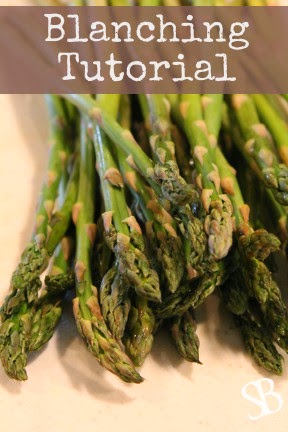Our trunk load (no joking... a dump truck load) of mulch is placed and spread in all the planting beds and around the garden fence.
Cleaned up a deprived and ignored bed that bordered our beloved neighbors.
Moved a large burning bush that was blocking our mulberry tree. Unearthed some tulip bulbs in the shady spot that we placed the bush. So the tulips had to be relocated to a sunnier spot in the yard. I love how gardening projects just lead into one another!
Cut the grass for the first time this season. We lowered the length down to 2.5 inches as we wanted the sunlight to reach the grass seed we placed last week. Usually we cut the grass at 3 inches.
Time to get planting...
Mojoto mint, lemon balm, lemon mint, rosemary, pineapple sage, lots of lettuce, kale, nasturtium, 4 peppers and 29 tomato plants (I may have gone a little over board), all but 3 tomato plants were from seed. Hoping to finish up the rest of the garden this week which should go pretty quick as just about everything left is seeds.
Planted our front door flower pots. Tried the "thriller, spiller and filler method" with the artistic suggestions from my youngest daughter. In this method, there's one tall, eye-catcher, a creeping/vine variety and a species that fills in nicely - all in the same pot! We are hoping get bigger, as long as the deer stay off them.



















